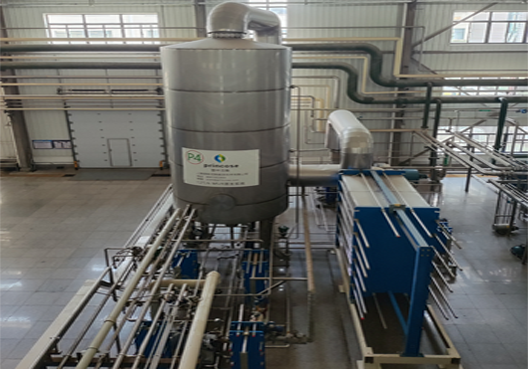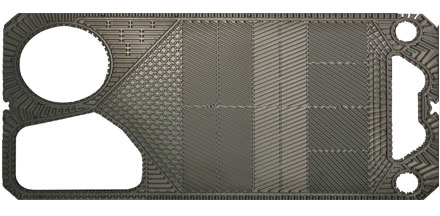A single-effect evaporator, in contrast to a multiple-effect evaporator, features only one effective evaporation chamber, whereas a multiple-effect evaporator has multiple chambers. In a single-effect evaporator, the steam is directly condensed, whereas in a multiple-effect evaporator, the secondary steam from the preceding effect is reused to conserve energy consumption. A single-effect evaporator comprises only one stage of evaporation and is suitable for use in small-scale production, or when steam is inexpensive or contaminated to the extent that it cannot be reused. When it comes to plate single-effect evaporators, the use of plate heat exchangers results in a smaller footprint and higher evaporation efficiency compared to tubular heat exchangers.



The structure of Plate Single-Effect Evaporator is compact, occupying a small footprint, with an overall low height, making it particularly suitable for renovations of older factories or situations with limited space.

The plate single-effect evaporator easily allows for changes in heat exchange area and process combinations, enabling adjustments to processing capacity and expansion. Additionally, it accumulates less scale, offers flexible operation, and facilitates easy cleaning.

The plate single-effect evaporator boasts high evaporation efficiency, low heat loss, and strong evaporation capacity. Its heat transfer coefficient is generally 2 to 5 times that of tubular evaporators.
Rich experience in process planning and equipment manufacturing
Customized Process Solutions
The project scope ranges from experimental testing of material parameters, to determination of process plans, to drawing, procurement, manufacturing, installation, debugging, training, and ultimately equipment delivery

Career
Professional
build Brilliant
Future
Proficient in industry/Achieving the future
